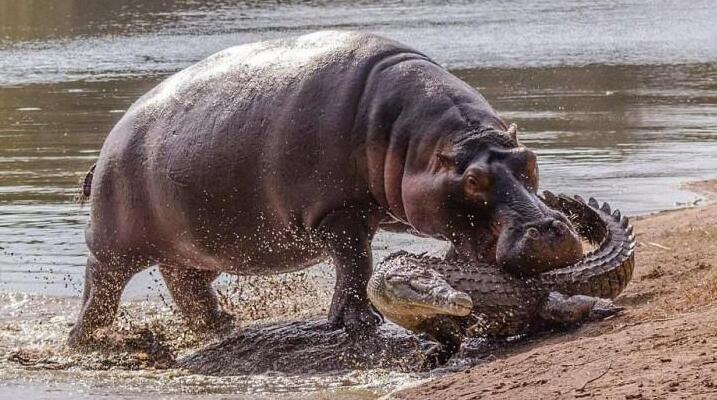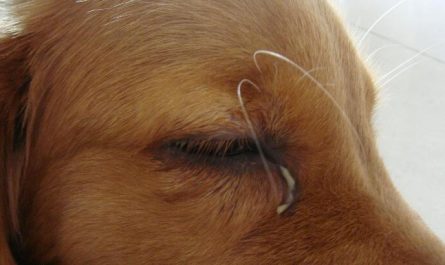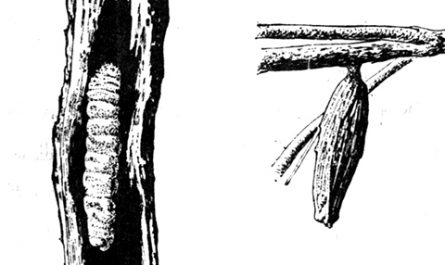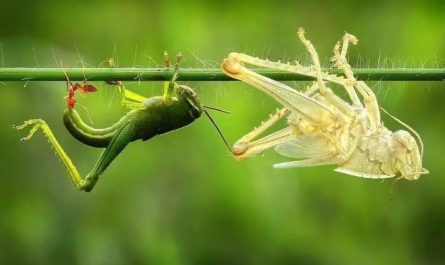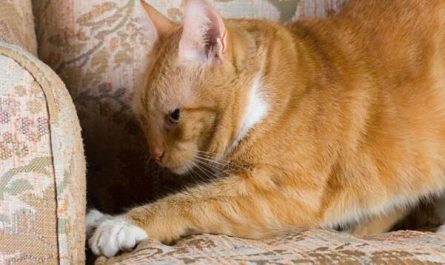The reason why crocodiles don’t eat hippos
Hippo with strong teeth
Hippo teeth pierce crocodile skin easily. The hippo has large teeth. The incisors and canine teeth are fang-like. The lower incisors do not grow upward but extend parallel to the shovel. The length can reach 60 to 65 cm, the weight is 2 to 3 kg, and the length of canine teeth is about 60 cm. , And the hardness is extremely high, and even ordinary pistol bullets can be ejected. Such powerful teeth will be afraid of alligators?
Hippo has a strong bite
The hippopotamus has a particularly large mouth, which is larger than any existing animal on the land, and can be opened at a 90-degree angle. This big mouth can bite off a crocodile. Moreover, the bite force of a hippo is very strong, with a bite force of more than 1,000 pounds per square inch. The bite force of a female hippo is 1,800 pounds, and a male hippo may be higher than her, even 2,000 pounds.
Hippo is big
Hippopotamus is a mammal on land that is second only to African elephants, Asian elephants, African forest elephants, white rhinos, and Indian rhinos. It is large and clumsy, with a body length of 300-360 cm, a tail length of about 56 cm, and a general weight of 0.9- Between 1.8 tons, and the big fat guy always overwhelms the thin guy in aura when fighting.
Crocodile kill move is invalid
The crocodile and enemy fighting method (dragging the enemy into the water) is not effective for hippos. Hippos can swim and dive. They have a special set of muscle tissues that use flexible valves like valves. They can close their ears and nostrils during diving. Most of the day The time is in the water, and each diving time can reach about 5-10 minutes, but it can also be lurking in the water for half an hour without breathing. How can hippos with high configurations be afraid of crocodiles?
Hippo skin and thick flesh
The hippo’s body is covered by a thick skin. The thickness of the back and sides can reach 4 to 5 cm. The skin is thick and smooth. The crocodiles don’t eat hippos because hippos can’t eat well and can’t make their mouths.
Hippo morphological characteristics
Hippos are the second largest mammals on land after elephants. They are large and clumsy. Adult males are 350-450 cm in length, 56 cm in tail length, and weigh 3000-3500 kg, but they are relatively short and have very short limbs. The height at the shoulders is only 140-165 cm, which is not as high as half of the elephant. It has a thick head and a very large mouth, which is larger than that of any kind of animal on land, and can be opened at a 90-degree angle. The teeth in the mouth are also very large. Both incisors and canine teeth are fang-like, and are the main weapon of attack. The lower incisors do not grow upwards, but extend parallel to the front like a shovel. The length can reach 60-70 cm, and the weight is 2-3 kilograms, the length of canine teeth is about 75 cm. The eyes, nostrils, ear shells, etc. are all born on the upper end of the face, almost on the same plane. The skin is very thick, the thickness of the back and sides can reach 4-5 cm, it is dark brown and red purple, smooth and hairless, and only has some hair on the mouth, inner ears and tail. Each of the fore and hind limbs has 4 toes of almost equal size, with hoofs on the tips of the toes, which are shaped like flat claws with slightly webbed between the toes.
The hippo’s body is covered by a thick layer of leather. The skin is blue-black with brick red markings. Except for some short hairs on the tail, there is almost no hair on the body. The hippo’s skin is extraordinarily thick, with a layer of fat inside, which allows it to float out of the water effortlessly. When a hippopotamus is exposed to the air, the amount of moisture on its skin evaporates much more than that of other mammals. There are no sweat glands on the skin of a hippopotamus, but there are other glands that can secrete a reddish moist substance similar to sunscreen. , And can prevent insect bites. Hippos cannot stay out of the water for too long. For this reason, hippos must stay in water or wet habitat to prevent dehydration.
Life habits of crocodile
Crocodiles mainly feed on fish, waterfowl, hares, deer, frogs, etc., and are carnivorous animals. It is generally believed that the crocodile is an aquatic animal, but this aggressive creature may have some secret skills.
The latest research found that climbing is a common behavior of crocodiles. They climb to get a better hunting position, or get the largest possible area of sunlight. Britton, a researcher at Charles Darwin University, said that he had witnessed a 1.5-meter-long freshwater crocodile climbing a steep river bank and attempting to climb a 1.8-meter-high fence. “Crocodiles not only lie on the shore to bask in the sun, they sometimes walk around. Crocodiles are actually very sensitive animals, and their sensitivity is beyond human imagination.”
And saltwater crocodiles are more dangerous than their close relatives, freshwater crocodiles.
Modern crocodiles and birds all have similar breathing methods and auxiliary respiratory systems. It may be that the primitive dragons of the Triassic have evolved this respiratory system, and most offspring have similar respiratory systems, such as: dinosaurs, Pterosaurs, crocodile-shaped super-eyes…Researchers also speculate that the special breathing methods of the main dragons are also one of the reasons why they gradually dominate in the process of competition with mammals-like reptiles.
During the Triassic period, the oxygen content in the atmosphere was low, and the special breathing method of the main dragons made it more efficient and competitive. In a 2010 study, it was found that American alligators have a unique way of breathing.
This study found that when the American alligator inhales, the inhaled air enters the second bronchus, flows through the third bronchus that exchanges gas, and finally enters the first bronchus.
When the American alligator exhales, the air will pass through the second bronchus, the third bronchus, the first bronchus, and finally out of the body from the trachea.
Modern birds also have a similar way of breathing. During the breathing process, air circulates in the air sacs in a one-way manner; while the breathing method of mammals is repeated directional air circulation, and air exchanges in the alveoli.
In addition to modern birds, many dinosaurs have also been found to have air sacs, which can increase their breathing efficiency.
